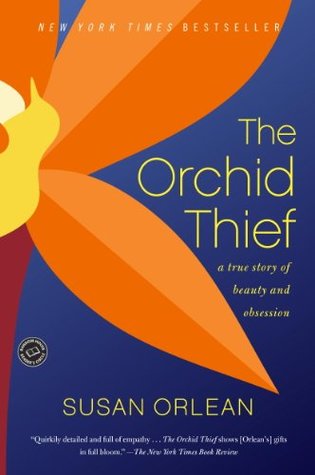More on this book
Community
Kindle Notes & Highlights
by
Susan Orlean
Read between
August 4 - August 6, 2019
The schemes orchids use to attract a pollinator are elegant but low-percentage. Botanists recently studied one thousand wild orchids for fifteen years, and during that time only twenty-three plants were pollinated. The odds are bad, but orchids compensate. If they are ever fertilized, they will grow a seedpod that is supercharged. Most other species of flowers produce only twenty or so seeds at a time, while orchid pods may be filled with millions and millions of tiny dust-sized seeds. One pod has enough seeds to supply the world’s prom corsages for the rest of eternity.
By the nineteenth century curiosity had changed. It might have been the moment when cynicism was born. The Industrial Revolution was proving that not all man-made advances were perfect and many could be awful. Alfred Wallace, a colleague of Darwin’s, once noted that the English working class lived in squalor unknown to the “primitives” he studied in the Amazon. Nature by contrast seemed pure and bewitching. The great travelers turned away from civilization and went to explore the wild world.
Orchids had been a high-class hobby in China for three thousand years. The world’s first orchid books were published in 1228, when Chao Shih-ken wrote Orchid Guide for Kuei-men and Chang-chou, and in 1247, when Wang Kuei-hsueh wrote Wang’s Orchid Guide.
What we search for is a kind of order and logic in what is the chaotic and illogical experience of being alive. I think you grab on to little footholds that make you think that there is logic and that there is some sense of order in your life. It is very funny how much we crave that.


